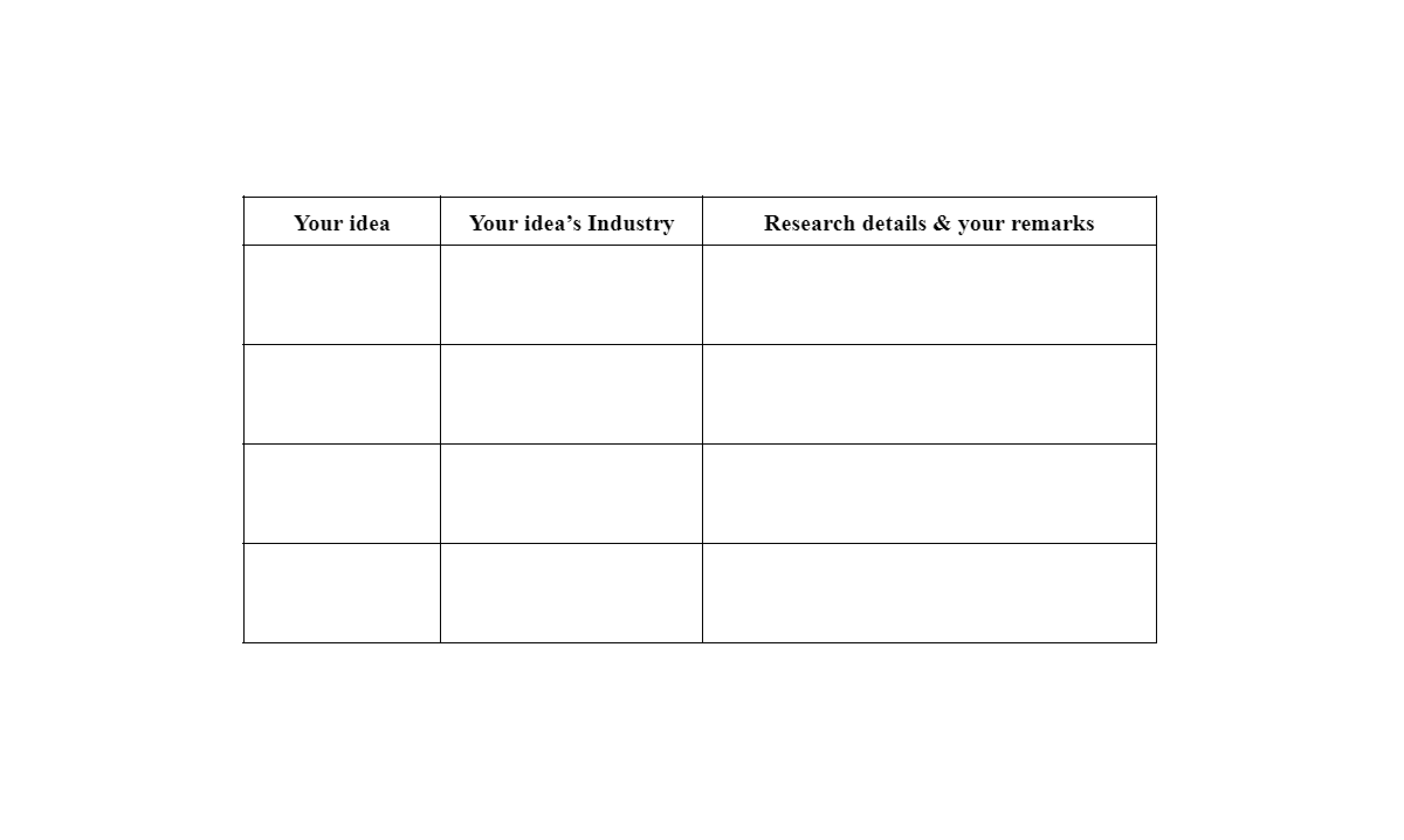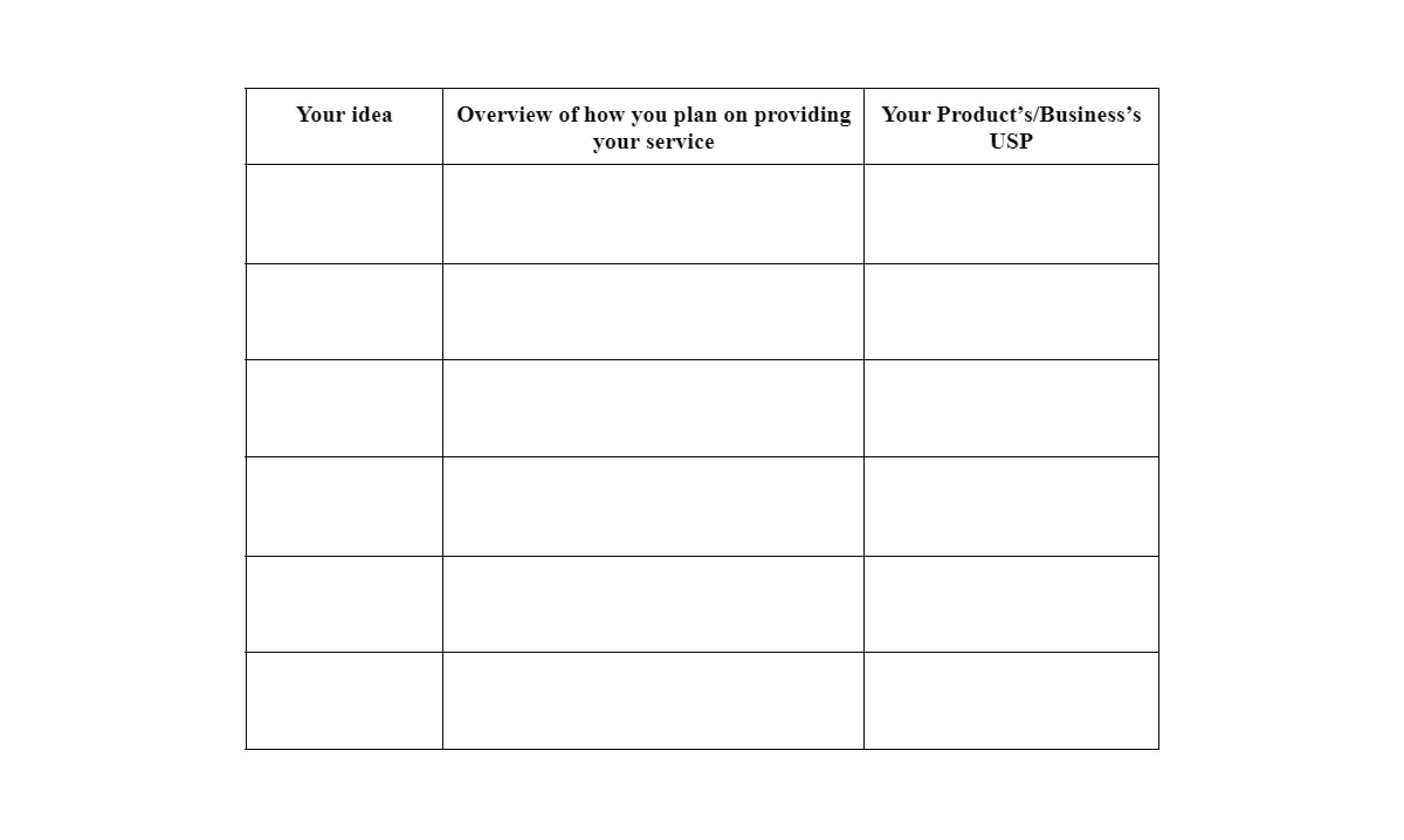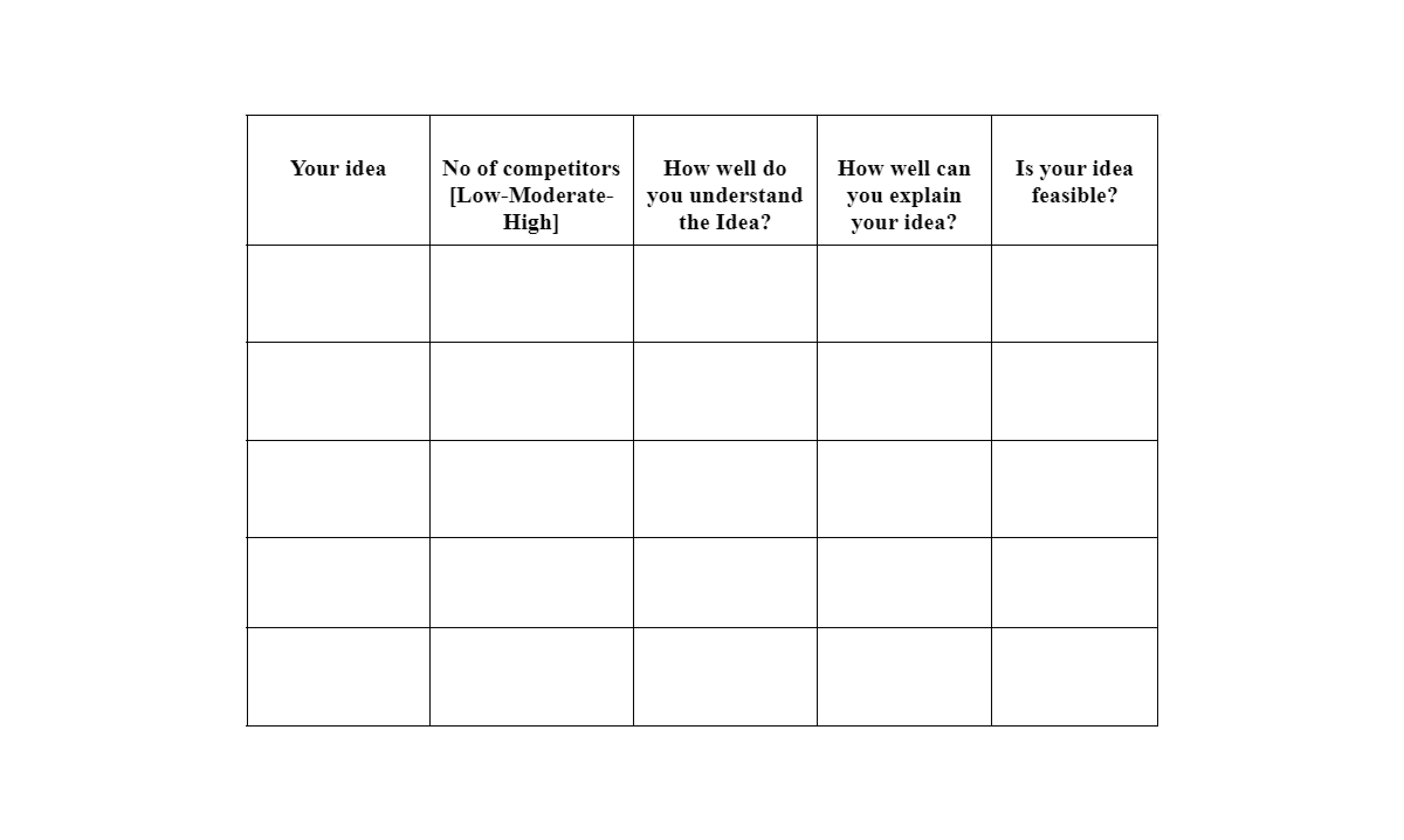We all have ideas. You will automatically generate an idea when you experience bad service or use a poor quality product.
But not all ideas are good, and good ideas are not always doable.
So, how will you generate an idea which will lay the foundation of your startup/business? That is exactly what this blog is for. With the help of the template we have created, you will be able to generate quality, lucrative ideas that promise future growth.
Read: “How to Get Startup Ideas & Turn Them Into Successful Business”
Before diving into details, our guide is available to you in a downloadable format. That way you can go offline to fully understand the requirements and the process involved before jumping into the processes. Download now, for free!
What is Ideation?
Ideation is the process of creating new and innovative ideas through certain techniques and sessions. And product ideation is simply the process of creating that idea, which will lead to the release of a product.
During product ideation, your ultimate goal is to look into the pain points and problems faced by the customers in the marketplace. Your idea will get a deeper root when it intends to solve an existing problem in the marketplace. And creating such an idea means you already have a target audience to focus on and will be willing to try out your product.
Some product ideation techniques for you to try are the following.
-
-
- Brainstorming sessions
- Meetings with focus groups in the marketplace
- Mind mapping
- Storyboarding
- SCAMPER
-
You might sometimes hear the worst or stupidest of the ideas. But it might be these ideas that might take your business to the next level. So, never ever downsize ideas pitched by others.
Things to Understand for the Ideation Process
Our product ideation template is diverse from others and there are certain things you should know before we move to that part.
- Market research: This is the most crucial part for you to concentrate on in the product ideation process. The way you do market research can either strengthen or weaken your product idea.
2. USP : A unique selling proposition or USP is the key that differentiates your product from your competitors. It’s a statement that explains how your business offers customers’ needs. This may include attractive pricing, uniqueness, high quality, etc.
3. Competitor research: This is part of market research, but this is one part that needs to be mentioned apart. The reason is that there is no reason for you to build a product that other vendors already provide. The harder the competition, the harder will be for your idea to survive.
4. Budget planning: Though you don’t need an exact figure in your mind, it should be noted that your product idea should be feasible for you to build. Starting with an MVP is the standard procedure followed nowadays. You can look up the development cost of an MVP.
There are a few other things to consider, but we can discuss that in the product ideation process.
Product Ideation Process
Step 1:
As we discussed earlier, focus on the problems and come up with the solution. So, in this first step, you will need to develop ideas that solve such a problem.
Dive into the market, do proper research, talk with focus groups, monitor the reviews of service providers, and try to find problems. And then ideate to solve the problem.
You can use tools like SurveyMonkey and Statista to understand the market environment. Proper market research is crucial, so do dedicate some time while researching.
Try to come up with a minimum of 5 ideas, go to the worksheet template and fill out the details. You can make a copy of the sheet to enter the information. [Go to File>Make a copy]
While filling the “Who are your customers” column, try to bring in the following details:
-
-
- Age
- Occupation
- Earning
- Gender
- The location
- Level of education
- Relationship or family status
-
Set aside the sheet once you fill it. We will come back to it at the end.

Step 2:
The next step is to research the industry each idea falls into.
This way, you can ensure that the idea you choose will help you grow and scale your business. Stagnancy isn’t something you want.
Research with the tools we provided. Then fill out the sheet with the needed information.
Once you’ve filled the table, set aside the sheet for later.

You might find some ideas not viable in the long run. You can rule them out in the next step.
If you haven’t found one such idea, then you are off to a good start.
Step 3:
In this step, you will have to describe two significant parts of your product idea. First is the way you intend to provide the services, and second, your unique selling proposition.
Fill in the following table.

You might have found some ideas, which was great on your mind, hard to explain and harder to apply in the real world.
And similarly, you might not be able to develop a proper USP for some ideas as well. Strike those away and move on to the next one.
And if you found adequate channels to provide the services for all your ideas and developed a USP to attract customers, then kudos to you.
Set aside the sheet for later.
Also Read: How to Create a Unique Selling Proposition That Boosts Your Business
Step 4:
In this step, you should define 4 key details about your idea.
The range of competitors for your end-product/business and feasibility of your product idea, both of which we have discussed earlier.
Understanding and explaining the idea
The better you understand your idea, the better you can innovate. You will know what features to be added and what to be excluded. You will learn how your MVP needs to work.
And your idea should be easy for you to explain and easy for others to understand. This is crucial because, at some point, you will be sitting in front of an angel investor or a venture capitalist, trying to convince them to invest in your app. If you stumble while explaining or if your potential investors didn’t understand what you meant, then and there, you lose your funding.
Read: 17 Vital Factors Venture Capitalists Evaluate Before Investing in Your Startup

Final step:
Go to the final step in the worksheet and enter each information accordingly.
And before we move on, we advise that you save the spreadsheet of each idea. Who knows, technologies are rapidly evolving, and what may seem impossible may become possible soon.
Now, fill in the needful and cross-reference the final sheets to choose the right idea for you. The idea you choose will be that idea which,
-
-
- Solves a problem
- Is practical
- Promises future growth
- Is low in competition
- Is feasible within your budget
-
Conclusion
Ideas are everywhere around you. All you have to do is look in the right direction. If you are someone who is interested in developing tech startups, then check out our blog on the best profitable tech startup ideas. This blog will give you an overview of the industries to focus on during the product ideation phase.







